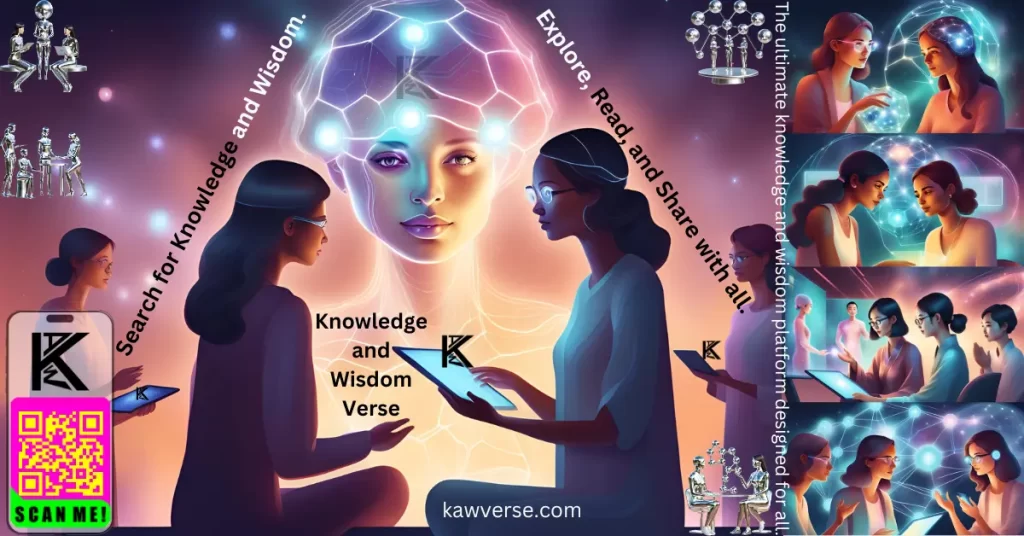The letter “K” is a fundamental part of the English alphabet, representing the eleventh position among its peers. Its origins, applications, and symbolic significance stretch across languages, disciplines, and cultures. Whether you’re a linguist, a student, or someone seeking clarity on its broader implications, this article aims to illuminate the relevance and versatility of the letter K.
Definition
The letter K is the eleventh letter in the Latin alphabet and is categorized as a consonant. Its phonetic representation in English is the voiceless velar plosive sound /k/, as heard in words like “kite” and “kind.” Historically, K has its roots in the Greek letter “Kappa” (Κ, κ) and the Phoenician symbol “Kaph,” both of which contributed to its modern form.
Examples in Usage:
- Words starting with K: Kite, Knowledge, Kindness.
- Abbreviations: K often represents “thousand” in financial contexts (e.g., 10K for $10,000).
- Symbols: In digital culture, K is used as shorthand for approval or agreement in chat, such as a simple “k.”
Target Audience
This article is designed for:
- Beginners: Students learning about the alphabet and its history.
- Intermediates: Professionals exploring linguistic nuances or cultural implications of K.
- Experts: Researchers, linguists, and educators requiring a comprehensive reference.
Applications and Real-World Use Cases
The letter K finds its presence across various fields:
- Mathematics: Symbolizes constants or variables, such as K in Kelvin (temperature scale).
- Technology: Denotes kilobytes (KB) or thousands (K) in data storage.
- Pop Culture: Integral to iconic names (e.g., K-pop, King Kong).
- Education: A staple in early childhood literacy, teaching phonetics and letter recognition.
Case Study: In physics, the “K factor” determines drag and lift forces, showcasing the scientific importance of K.
Relevance and Importance
The letter K plays a pivotal role in modern communication, science, and culture:
- Linguistic Diversity: Its usage extends beyond English, appearing in numerous languages like German and Dutch.
- Cultural Significance: Names like Kardashian or King Arthur bring symbolic weight to K.
- Current Trends: With the rise of digital abbreviations, K has become synonymous with efficiency and modern communication.
Types and Subtopics
- Phonetics: Variants of the /k/ sound across languages.
- Numerical Representation: K as shorthand for thousand (e.g., 50K).
- Cultural Symbols: Use of K in branding and logos.
- Emerging Trends: K’s integration into AI linguistic models and coding frameworks.
Benefits of Reading This Article
- Gain insights into the historical and cultural evolution of K.
- Understand its applications across multiple disciplines.
- Discover its significance in modern communication and technology.
- Enhance your linguistic and educational knowledge.
Key Takeaways
- The letter K is versatile, spanning linguistic, cultural, and scientific domains.
- It serves as both a symbol and a functional unit in everyday communication.
- Understanding K’s implications can enrich both academic and practical perspectives.
FAQs
- Why is the letter K used to denote a thousand? It originates from the Greek word “chilioi,” meaning a thousand, eventually shortened to K.
- How is K pronounced in different languages? While English uses the hard /k/ sound, other languages like Spanish use K less frequently, often as a borrowed letter.
- What are some common words starting with K? Kite, Knowledge, Kind, and Key.
- Why is K silent in some words like ‘knight’? The silent K reflects historical pronunciations in Old and Middle English that have since evolved.
Next Steps and Future Directions
- Further Exploration: Dive into the history of other letters or linguistic systems.
- Actionable Tips: Use K strategically in branding to evoke modernity and simplicity.
- Future Trends: AI-driven linguistic studies may provide new insights into letter frequency and usage.
Conclusion
The letter K, though often overlooked, carries a profound impact on language, culture, and technology. By exploring its history, applications, and significance, we can appreciate its role in shaping communication and human expression. Whether you’re a student, a professional, or a curious reader, K’s story is one worth exploring further.


Leave a Reply
You must be logged in to post a comment.